General Risk Assessment
Any activity on the sea presents a risk both to the participants and to those who may be asked to perform a rescue should that become necessary. It is therefore imperative that every effort is made by all participants to reduce the risk to an acceptable level. I fully recognise and accept this principle.
Many voyages of this kind have been and are undertaken virtually every day around the country with very rarely any mishap and a great deal of enjoyment for the crew. The key to their success is the expertise and experience of the skipper and his crew, combined with sound planning and judgement of present conditions.
A circumnavigation of Britain with all the vagaries of weather and tide, and at times, remoteness of location, including being out of sight of land, make such a journey hazardous. I accept this and fully appreciate that at times there will be nobody able to see a flare or receive a VHF distress call.
I am also aware that I have a huge responsibility to my crew, some of whom will be novices, to other shipping and to the rescue services who would be putting themselves in danger should I have anything go wrong.
To this end I will use the best seamanship and safety procedures I know and the following safety equipment will be available at all times on Gamaldansk.
● Auto inflate, 150 Newton lifejackets will be worn by all crew at all
times when on deck. These will be supplemented with safety
harnesses at night or as ordered by the skipper.
● Liferaft. To SOLAS standard. Serviced and within easy reach.
● EPIRB - Emergency Position Indicating Radio Beacon
● Flares. To SOLAS inshore spec.
● VHF DSC radio.
● Costal waterproof clothing.
● First aid kit with manual.
* Man overboard rescue sling
All joining crew will receive a full and detailed safety briefing from me at the start of their leg, which will include full instruction in the use and operation of the on board safety equipment and general safety and hazard awareness whilst on board and there will be man overboard recovery drills when new crew join.
A reporting procedure will be in place from the start. This will involve contacting a responsible person ashore (probably my wife) by mobile phone or other means before each day’s passage with information about our route, conditions expected en-route and ETA at the destination port where an end of passage report will be made. Should we be overdue and no word has been received to explain this, then she will be responsible for contacting the appropriate authorities.
For overnight passage making a watch system will be in place. There will be a two watch system rotating with two hours on and two hours off. At all times there will be no less than two people on watch. I will head one watch and Pete the other with instructions to wake me at any time should there be something that requires my attention or that he isn’t sure about. Safety harnesses will be worn and used at all times when on deck at night and head torches will be available.
Passage planning. A detailed passage plan will be produced daily during the trip covering all aspects of each days sailing and the associated risks. This will include an up to date weather forecast, tide times and gates, pilotage, navigation, GPS waypoints, TSSs and anticipated local traffic conditions, bolt-holes should the weather deteriorate, victualling and details of the destination port.
All this is dependant on the weather conditions on the day, the abilities and condition of the current crew and, to a lesser extent, how much time we have in hand (but at no time will a passage be made purely to meet a deadline). All of which will be assessed before each passage and decisions made regarding the length of the passage and/or whether to put to sea at all. With regard to deadlines, all crew will be made aware that I can’t guarantee to be in a certain place at a certain time and transport to and from their embarkation ports will be their responsibility even if I can’t be where they want me to be.
The route itinerary has been made with an assumption of approximately 40 miles per day. I think this is a good average to be able to keep. It is easily achieved under power should there not be enough wind to sail, a good days sailing if conditions are favourable and, with the good conditions, I anticipate being able to decide to continue sailing overnight, taking into account the quality and condition of the crew, thus giving us days in hand should we not be able to sail due to bad weather, breakdown or other unforeseen events. I would anticipate doing this as often as possible. This will also give me some leeway for being in the right place for planned crew changes and time ashore for rest and recreation.
The very nature if this trip means that a risk assessment is a dynamic thing controlled by so many factors. I believe that with good seamanship, common sense, sound judgement, good safety practices and impeccable planning I can make this a safe and enjoyable trip for all.



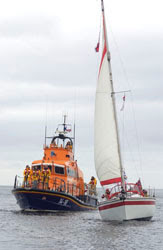


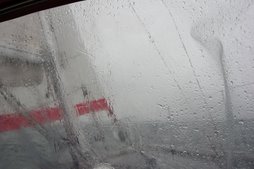
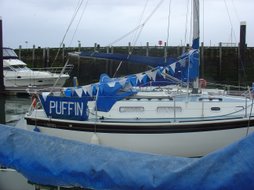

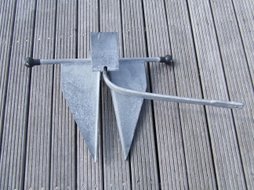
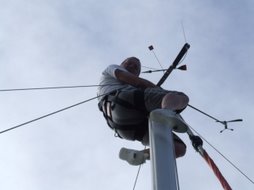
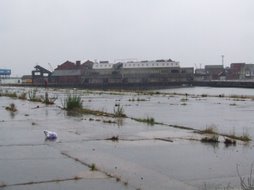
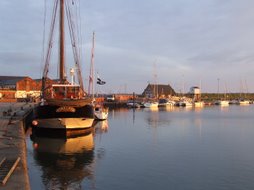

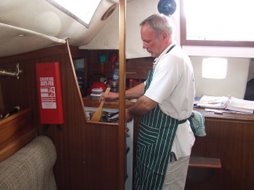
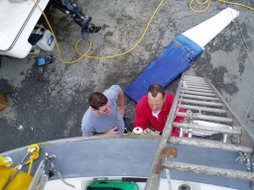
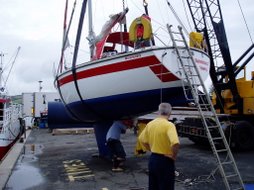
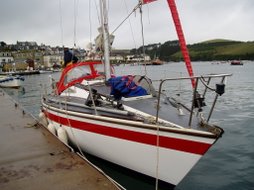
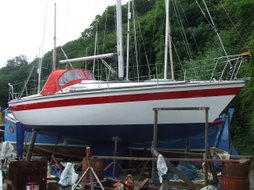
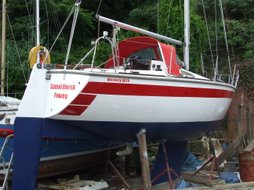
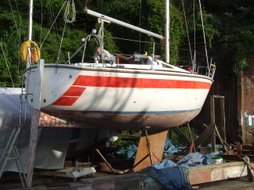

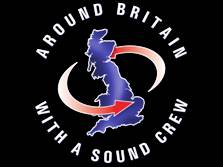

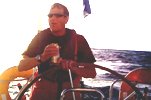
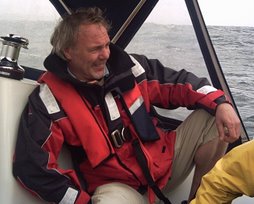

2 comments:
Good blog , Steve. very informative and necessary.
Si.
You write very well.
Post a Comment